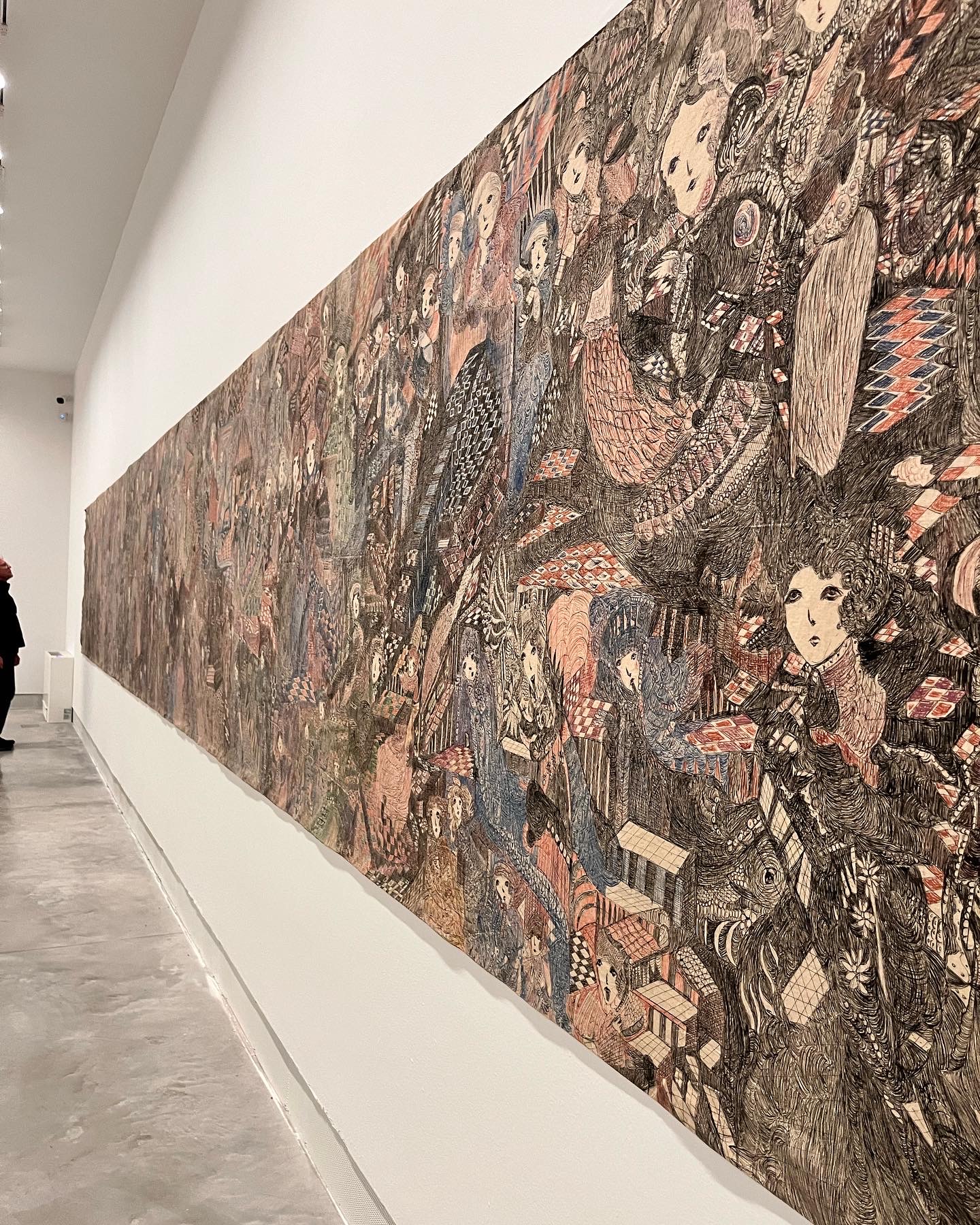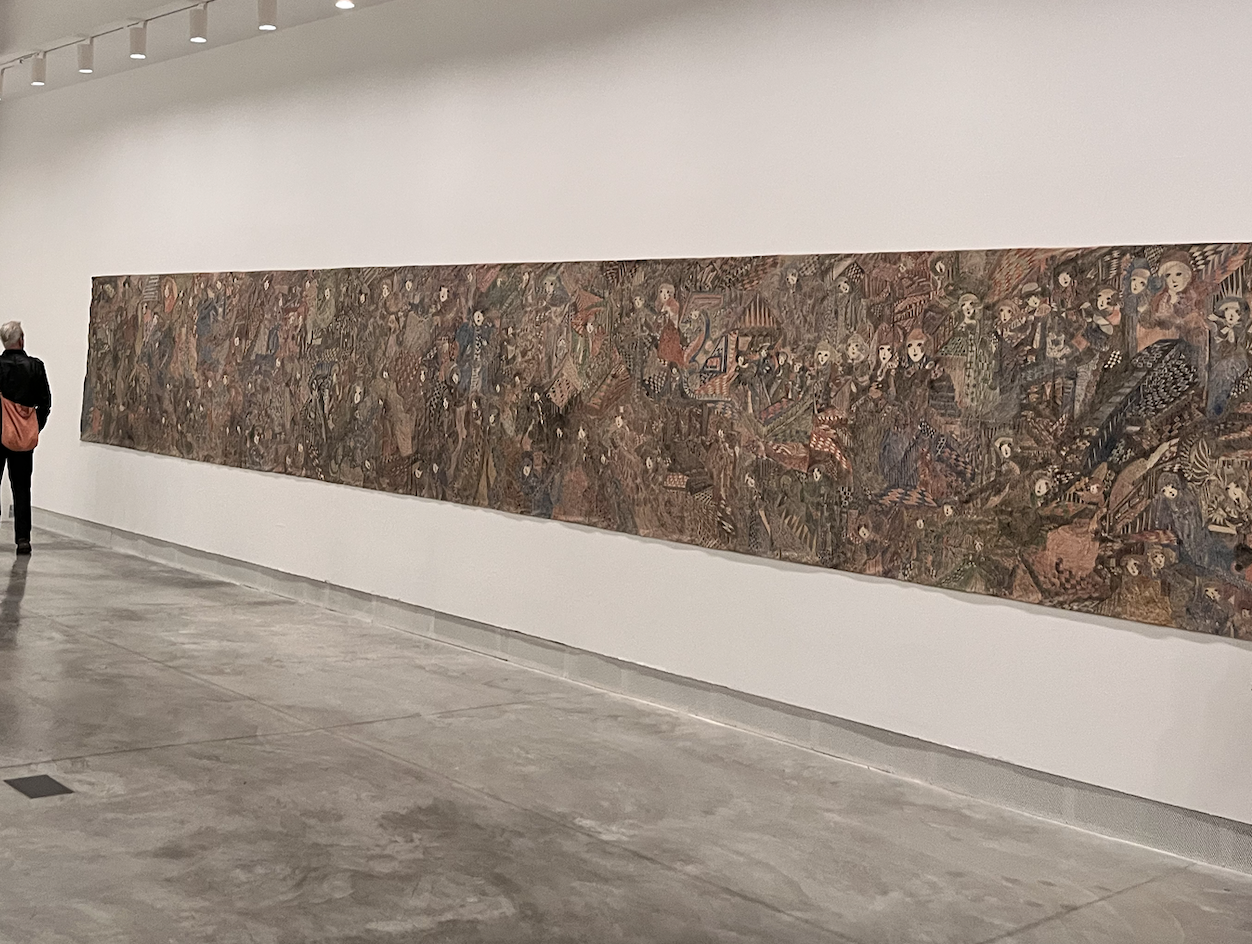
The 60th International Art Exhibition will take place from Saturday 20 April to Sunday 24 November, 2024 curated by Adriano Pedrosa. “I am honored and humbled by this prestigious appointment, especially as the first Latin American to curate the International Art Exhibition, and in fact the first one based in the Southern Hemisphere”.
“The Italian stranieri, the Portuguese estrangeiro, the French étranger, and the Spanish extranjero, are all etymologically connected to the strano, the estranho, the étrange, the extraño, respectively, which is precisely the stranger. Sigmund Freud’s Das Unheimliche comes to mind—the uncanny in English, which in Portuguese has indeed been translated as “o estranho”–the strange that is also familiar, within, deep down side. According to the American Heritage and the Oxford Dictionaries, the first meaning of the word queer is strange, and thus the Exhibition unfolds and focuses on the production of other related subjects: the queer artist, who has moved within different sexualities and genders, often being persecuted or outlawed; the outsider artist, who is located at the margins of the art world, much like the self-taught artist, the folk artist and the artista popular; as well as the indigenous artist, frequently treated as a foreigner in his or her own land. The productions of these four subjects are the interest of this Biennale Arte, constituting the International Exhibition’s Nucleo Contemporaneo, and although their work is often informed by their own lives, experiences, reflections, narratives and histories, there are also those who delve into more formal issues with their own strange, foreign or indigenous accent.
Indigenous artists have an emblematic presence in the International Exhibition, and their work greets the public in the Central Pavilion, where the Makhu collective from Brazil will paint a monumental mural on the building’s façade, and in the Corderie in the Arsenale, where the Maataho collective from Aotearoa—New Zealand will present a large-scale installation in the first room, two other iconics locales in the exhibition. Queer artists appear throughout the exhibition, and are also the subject of a large section in the Corderie, which gathers works by artists from Canada, China, India, Mexico, Pakistan, the Philippines, South Africa, and the USA, and one devoted to queer abstraction in the Central Pavilion, with works by artists from China, Italy, and the Philippines. From Europe, three of its most remarkable female outsider artists are presented: Madge Gill, from the United Kingdom, Anna Zemánková, from the Czech Republic, and Aloïse, from Switzerland.”
Madge Gill, appearing at the Venice Biennale for the first time, is represented at this prestigious event by her greatest work – The Crucifixion of the Soul, 1934 from the collection of Newham Archives, London. It measures over ten metres in length and was created with ink on calico fabric. This engimatic drawing encapsulates Gill’s work with several of her central motifs present such as the proliferation of abstract geometric forms surrounding myriad staring female faces mesmerising their audience.
Installation photographs from the central pavilion at the Giardini at the Venice Biennale

